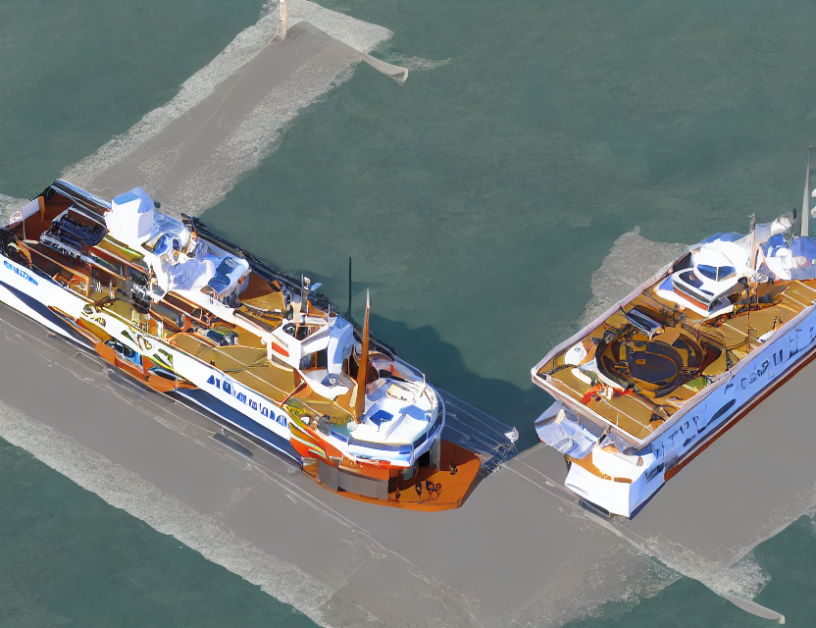As we increasingly rely on autonomous technology, it’s essential to understand how these systems can be made trustworthy. In the context of ferry systems, ensuring confidence in the vessel’s actions is crucial for passengers and stakeholders alike. This article will explore how communicating grounds for justified confidence can help achieve this goal.
Stakeholder Categorization
To understand the importance of communication in autonomous ferries, it’s essential to consider the various groups involved. The ecosystem consists of passengers, who are the end users and hold the highest risk, as well as other stakeholders such as operators, regulators, and manufacturers. These groups have varying levels of impact based on their involvement with the technology.
Passenger Perspective
From a passenger’s point of view, ensuring that the ferry’s behaviors are understandable is vital to reducing uncertainty. When the ferry suddenly stops without explanation, it can cause confusion and highlights the need for clear communication. Passengers want to receive accurate information about what’s happening on the ferry at all times.
Communication Importance
Effective communication is crucial in autonomous ferries to address passenger concerns and reduce uncertainties. Explaining how the ferry works and providing adequate information can help build trust and confidence. Communication should be tailored to the passengers’ level of understanding, using language that is relatable and easy to comprehend.
Mystifying Complex Concepts
To make complex concepts more approachable, consider using analogies or metaphors. For instance, an autonomous ferry can be compared to a self-driving car on the water. This comparison helps passengers better understand how the technology works and reduces confusion about its behaviors.
Balancing Simplicity and Thoroughness
When summarizing complex concepts, it’s essential to find a balance between simplicity and thoroughness. Providing too much detail can oversimplify the concept, while overlooking important aspects can lead to a lack of understanding. By using everyday language and engaging analogies or metaphors, we can capture the essence of the article without sacrificing accuracy.
Conclusion
In conclusion, communicating grounds for justified confidence in autonomous ferries is essential to build trust and reduce uncertainties among passengers and stakeholders. By understanding the various groups involved and tailoring communication to their levels of understanding, we can make this technology more accessible and trustworthy. Using analogies or metaphors can help demystify complex concepts, while balancing simplicity and thoroughness ensures that the essence of the article is captured accurately.



